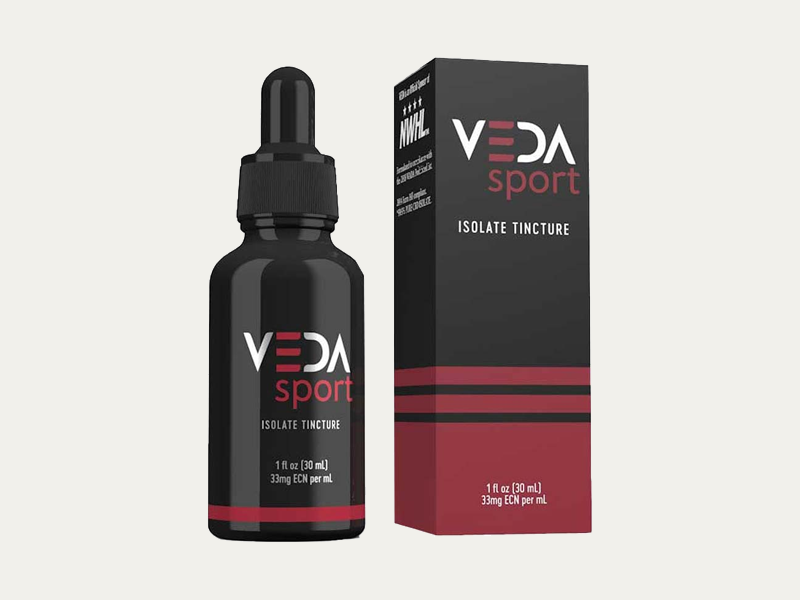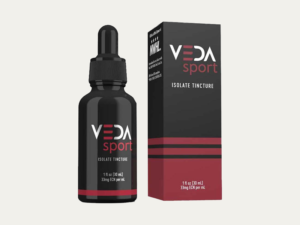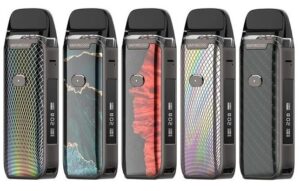Shop Fronts: Enhancing Business Visibility and Security
A shop front is much more than just the entrance to a business—it is the face of your brand, the first impression for customers, and a key component of both security and aesthetic appeal. Whether you own a boutique retail store, a restaurant, or a corporate office, a well-designed shop front sets the tone for customer experience and plays a pivotal role in driving foot traffic, ensuring safety, and showcasing your brand identity. In this comprehensive guide, we explore everything you need to know about shop fronts—from types and materials to installation, maintenance, and the latest trends.
What Is a Shop Front?
A shop front refers to the exterior facade or entrance area of a commercial property. It includes display windows, entrance doors, signage, lighting, and often roller shutters or glass panels. It serves multiple purposes:
- Attracting customers through visual presentation
- Providing access to your shop or business
- Ensuring safety and security of the premises
- Reflecting your brand identity and professionalism
Types of Shop Fronts
1. Aluminium Shop Fronts
Aluminium shop fronts are widely popular due to their durability, sleek appearance, and lightweight properties. They are corrosion-resistant, low maintenance, and suitable for both modern and minimalist design concepts. Common in retail and commercial spaces, aluminium fronts offer the option for large glass panels, enhancing visibility and natural lighting.
2. Glass Shop Fronts
Perfect for showcasing merchandise, glass shop fronts offer maximum visibility. They are ideal for boutiques, showrooms, salons, and cafes. Toughened or laminated glass ensures security, while options like frameless designs and double glazing offer a high-end, modern appearance.
3. Timber Shop Fronts
For a more traditional or heritage look, timber shop fronts are the ideal choice. Often seen in older high streets or boutique locations, they add a warm, classic appeal. Timber can be stained or painted to match your brand and is often combined with decorative mouldings or vintage-style signage.
4. Toughened Glass Frameless Shop Fronts
These are frameless glass systems that offer an ultra-modern look. Made with strong safety glass, they are ideal for businesses that want to make a bold architectural statement.
5. Steel Shop Fronts
Steel shop fronts are heavy-duty and provide maximum security, commonly used in banks, warehouses, and high-risk areas. While not always the most aesthetic choice, they are unmatched in strength.
Benefits of Installing a Shop Front
1. Increased Visibility
A well-designed shop front grabs attention and invites passers-by into your store. Glass panels and attractive displays play a crucial role in customer engagement.
2. Brand Representation
Your shop front reflects your brand identity. Signage, colour schemes, and materials convey a message about the quality and nature of your products or services.
3. Enhanced Security
Strong, secure shop fronts act as a deterrent to burglars and vandals. When paired with shutters or reinforced glass, they provide round-the-clock protection.
4. Weather Protection
Shop fronts provide a barrier against harsh environmental elements like rain, dust, and extreme temperatures. This helps preserve merchandise and keep interiors comfortable.
5. Energy Efficiency
Modern shop fronts, especially those with double-glazed or insulated glass, help in reducing heating and cooling costs by enhancing thermal insulation.
Shop Front Installation Process
1. Site Survey and Planning
A site survey is conducted to take precise measurements and assess structural compatibility. Design considerations are aligned with brand guidelines and local regulations.
2. Design and Customisation
Based on the business type and aesthetic preferences, materials, colour schemes, and finishes are chosen. CAD renderings or 3D visuals may be provided.
3. Manufacturing
Once the design is approved, the custom components are fabricated off-site—whether it’s cutting aluminium frames, toughening the glass, or crafting timber panels.
4. Installation
A professional installation team handles fitting the frames, glazing, sealing, and hardware integration. Electrical fittings for automatic doors or lighting are also installed.
5. Final Inspection and Handover
The shop front is thoroughly tested to ensure structural stability, functionality of any doors or shutters, and alignment with safety standards.
Maintenance Tips for Shop Fronts
To keep your shop front looking fresh and functional:
- Clean glass and frames regularly to remove dirt and fingerprints.
- Lubricate hinges and locks for smooth door operation.
- Inspect for chips, cracks, or loose fittings on a monthly basis.
- Touch up paint or finishes as needed, especially on timber shop fronts.
- Service automatic systems like sliding doors or security shutters annually.
Popular Trends in Modern Shop Front Design
1. Minimalist and Frameless Designs
Frameless glass panels with concealed fixings offer a seamless, contemporary aesthetic. Often seen in luxury retail and tech stores.
2. Smart Integration
Shop fronts now come with smart locks, motion sensors, and automatic lighting, enhancing both convenience and security.
3. Sustainability Focus
Using recyclable aluminium, low-emissivity glass, and eco-friendly coatings is on the rise among environmentally-conscious businesses.
4. Interactive Displays
Integrated digital signage and touch displays are revolutionising how businesses communicate with customers through the storefront.
Factors to Consider When Choosing a Shop Front
- Location: Urban shops may require tougher materials due to high foot traffic.
- Type of Business: A fashion store needs visibility; a pharmacy may need privacy.
- Budget: Glass and aluminium are cost-effective in the long run, while timber requires higher maintenance.
- Regulations: Comply with local building codes, accessibility, and fire safety standards.
- Security Needs: Consider laminated glass, anti-shatter film, or external roller shutters.
Shop Front Cost Estimates
The cost of a shop front varies based on:
- Material (glass, aluminium, timber, steel)
- Size and complexity of design
- Type of doors (manual or automatic)
- Additional features like signage, lighting, shutters
Typical prices range from £1,500 to £10,000+ for custom-designed shop fronts, with ongoing maintenance costs depending on material and usage.
Conclusion: A Strategic Asset for Your Business
A well-designed, secure, and visually appealing shop front is a smart investment for any business. It enhances customer experience, protects your property, and sets the tone for your brand. Whether you’re starting a new venture or revamping an existing one, choosing the right shop front is a crucial decision that combines functionality, security, and style.










